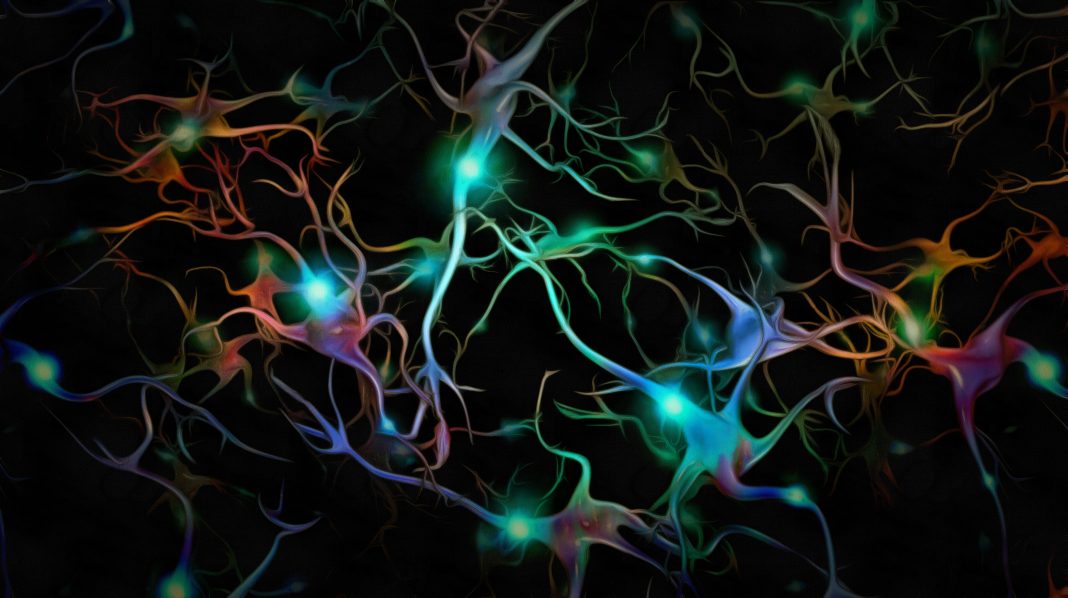From everyday actions like walking and talking to feats of athletic or academic excellence, the brain is constantly acquiring and seamlessly processing information to produce different behaviors. It’s a process that involves multiple cell types communicating with each other and tuning their functions to work together. One of the remaining, most fundamental questions in neuroscience asks how cells in the brain move, interact, and coordinate with each other to produce these activities.
A team of researchers from the lab of Golub Family Professor of Stem Cell and Regenerative Biology Paola Arlotta PhD, and from the Stanley Center for Psychiatric Research at the Broad Institute of MIT and Harvard, has now come closer to answering this question. Their newly published study shows that specialised cells in the brain called microglia “listen in” to neighboring neurons and change their molecular state to match them.
The study provides unique insights into how different cell types work together, and could feasibly point to new approaches to targeting the communications between microglia and their partners neurons with pinpoint accuracy, and with therapeutic potential. Disorders such as autism and schizophrenia arise when these communications between cells go awry.
“When they were first discovered, microglia were assumed to be simply scavengers, cleaning up cell debris and helping to fight off pathogens,” said Jeffery Stogsdill, PhD who led the study as a postdoctoral researcher in the Arlotta Lab. “Now we know that microglia can interact with neurons in very sophisticated ways that can affect neuron function.”
Arlotta, Stogsdill and colleagues reported on their findings in Nature, in a paper titled “Pyramidal neuron subtype diversity governs microglia states in the neocortex.” In their report the team concluded, “Our findings uncover a fundamental role for neuronal diversity in instructing the acquisition of microglia states as a potential mechanism for fine-tuning neuroimmune interactions within the cortical local circuitry.”
In the brain, cellular communication involves neurons, and microglia, tiny immune cells that play a role in defending the body against invading pathogens, but which, researchers are learning, also play oversized roles in brain function, health, and disease. Microglia are also gaining increased attention for their roles in assembling and maintaining neural circuits, and how they are able to change their molecular identity to match their environment. To neuroscientists, the mystery has long been how they make this change.
“Microglia, the tissue-resident macrophages of the brain, have critical roles in neuronal circuit assembly and tissue homeostasis,” the authors wrote. “Emerging evidence shows that microglia directly regulate the activity of neurons through feedback mechanisms, whereas neuronal features, such as electrophysiological activity, influence microglia biology … However, the mechanisms by which microenvironments regulate microglia states are largely unknown.”
For their reported study, the investigators used single-cell and spatial transcriptomic profiling techniques to investigate the molecular signatures and spatial distributions of diverse microglia populations, in the mouse brain.…Their studies unveiled how neurons train microglia to work with them when they first meet, early in the life of the brain. The group found that during the formation of the cerebral cortex—a part of the brain responsible for skilled motor function, sensory perception, and congnition—different types of neurons influenced the number and molecular state of nearby microglia in their own unique ways “These different types of cortical neurons recruit different numbers of microglia,” Stogsdill said. “They then pattern those microglia to tell them exactly what type they need to be.”
The cerebral cortex is organized into layers with different neuron types residing in each one. The researchers used genetic profiling methods to examine the microglia in the different layers and discovered that microglia varied in number and molecular state depending on the layer where they were found. “…we unveil the molecular signatures and spatial distributions of diverse microglia populations and show that certain states are enriched in specific cortical layers, whereas others are broadly distributed throughout the cortex,” the investigators continued.
The team then changed the composition of neuron types in these layers and found that they could influence the distribution of the different microglial states. The microglia matched the types of neurons in the new locations, confirming that the neurons were influencing them.” … conversion of deep-layer pyramidal neurons to an alternate class identity reconfigures the distribution of local, layer-enriched homeostatic microglia to match the new neuronal niche … These findings point towards finely controlled interactions between multiple cell types of the local cortical circuit, orchestrated at least in part by the specific classes of neurons within the laminar niche,” the authors concluded.
They also built a molecular atlas that outlines the communication between neurons and microglia. “Leveraging the transcriptional diversity of pyramidal neurons in the neocortex, we construct a ligand–receptor atlas describing interactions between individual pyramidal neuron subtypes and microglia states, revealing rules of neuron–microglia communication,” they explained. The team analyzed their profiling data to find pairs of interacting proteins expressed by the different microglial states and their neuron partners. Such a molecular atlas could enable future research into the functional roles of these interactions and possible targets for therapeutic intervention.
The scientists aim to start explaining exactly what the differences and functional distinctions are among the microglia in the different layers. “What we’re discovering here are the rules by which different cell types in the brain talk to each other and influence each other to ultimately be able to do more together,” said senior author Arlotta, an institute member at the Broad. “We know that microglia can affect the function of the neural circuit, and now we know that neurons can recruit specific types of microglia to their neighborhood. It’s a fascinating idea that neurons can reshape their environment to help fine-tune their own circuit function.”
Stogsdill added, “You would no longer have to treat, for instance, microglia as one blanket cell type when trying to affect the brain…We can target very specific states, or we can target very specific subtypes of neurons with the ability to change specific states of microglia. It allows us to have high-level granularity.”



